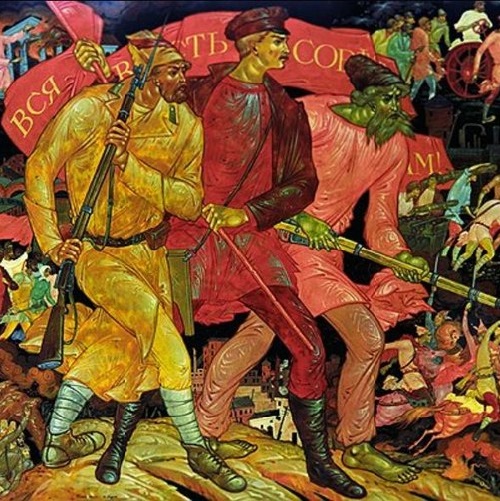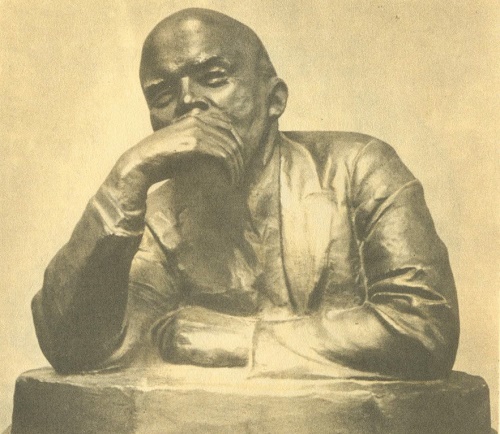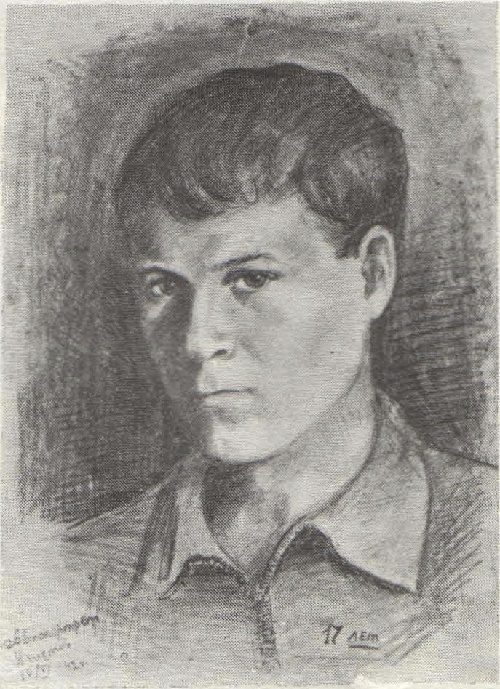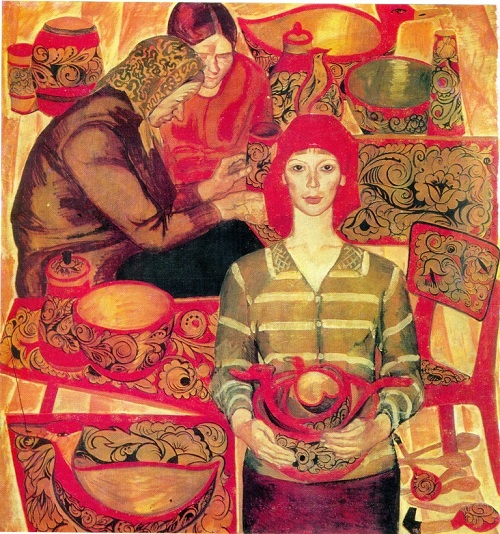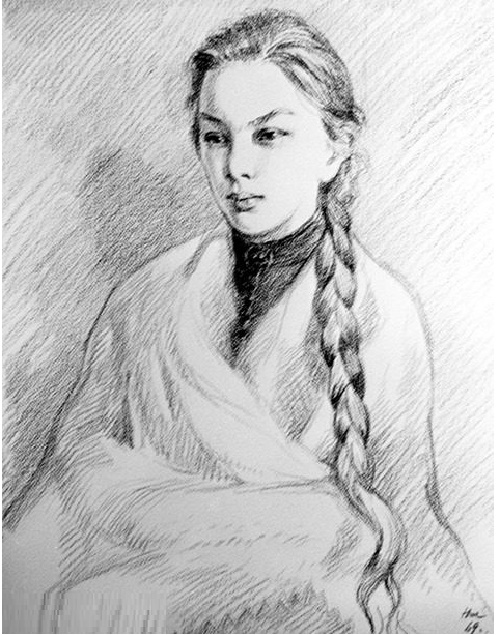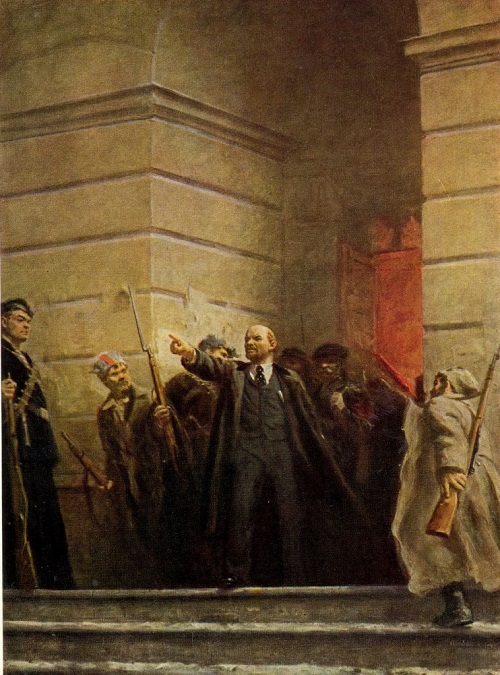Soviet Sculptor Sergey Merkurov
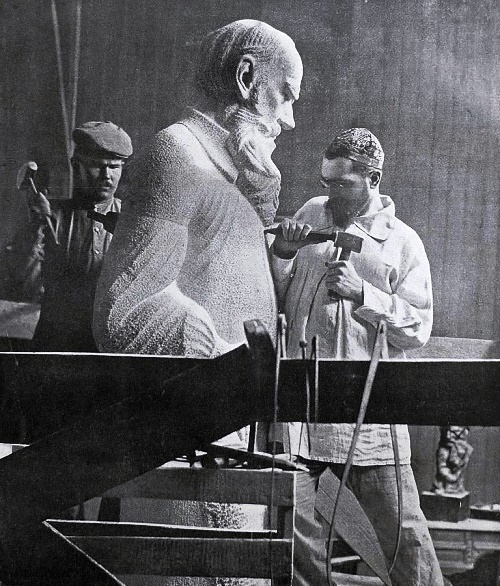
Soviet Sculptor Sergey Merkurov in the studio at work on the statue of Leo Tolstoy. 1913. Photo from the archives of GS Merkurov
Alexandropol (now Leninakan), where future Soviet Sculptor Sergey Merkurov was born in 1881, is famous for many crafts. Workshops of goldsmiths and copper smiths, carpenters and painters filled the streets of the commercial part of the city. From the ringing, knocking, heat, appeared in front of spectators products, rich in enchanting beauty and diversity of shapes and materials. But stone-cutters work attracted little Sergey most of all. Many months the boy spent with them helping, and finally received permission to carve Nightingale on a branch. “Perfect cutter’s roses smell better than the real ones, and his nightingale song wakes up the sunrise: in the hands of good master stone cutter everything comes to life, in the hands of bad master everything breaks down”, – Sergey was taught.
Read more »
